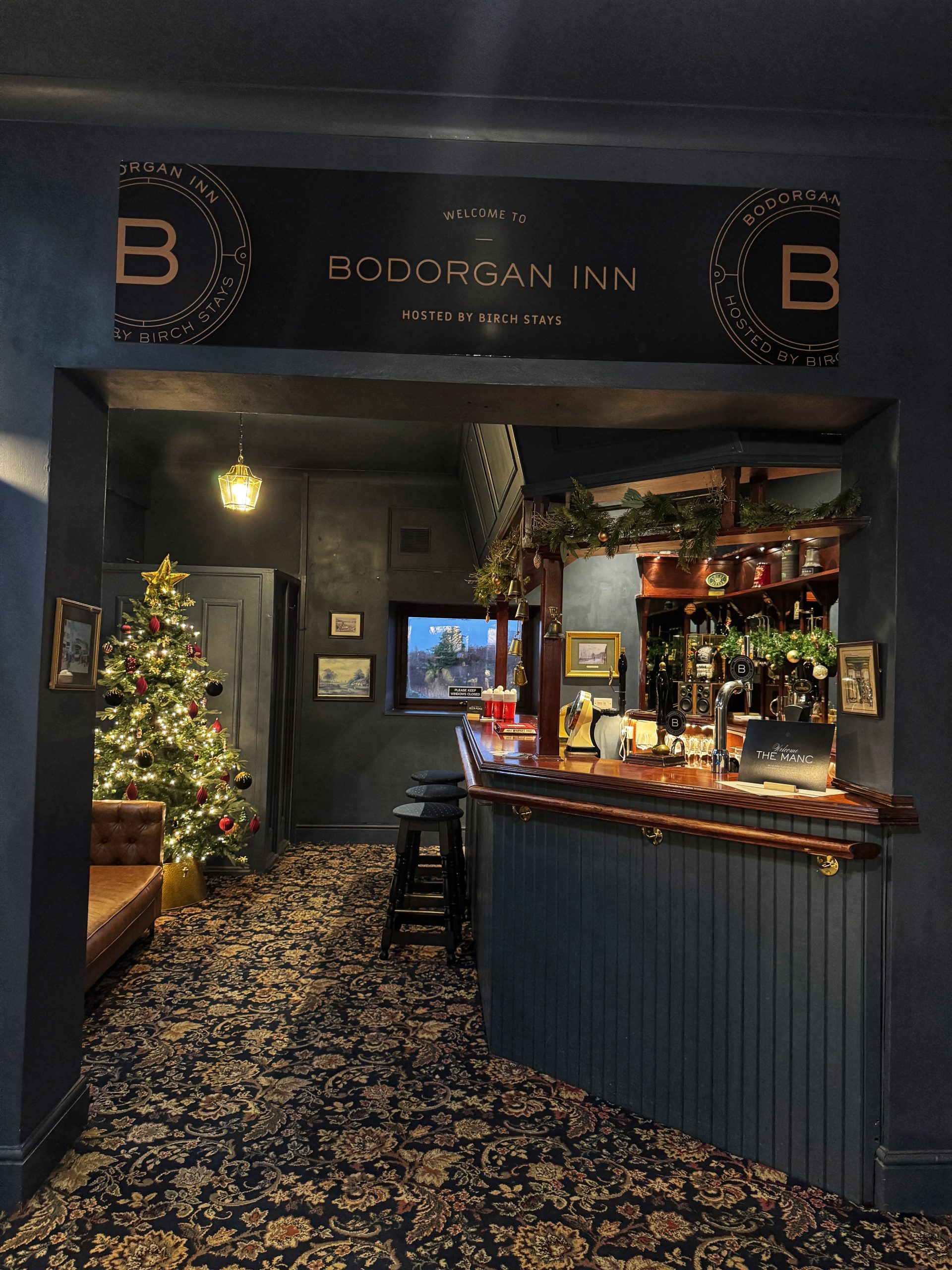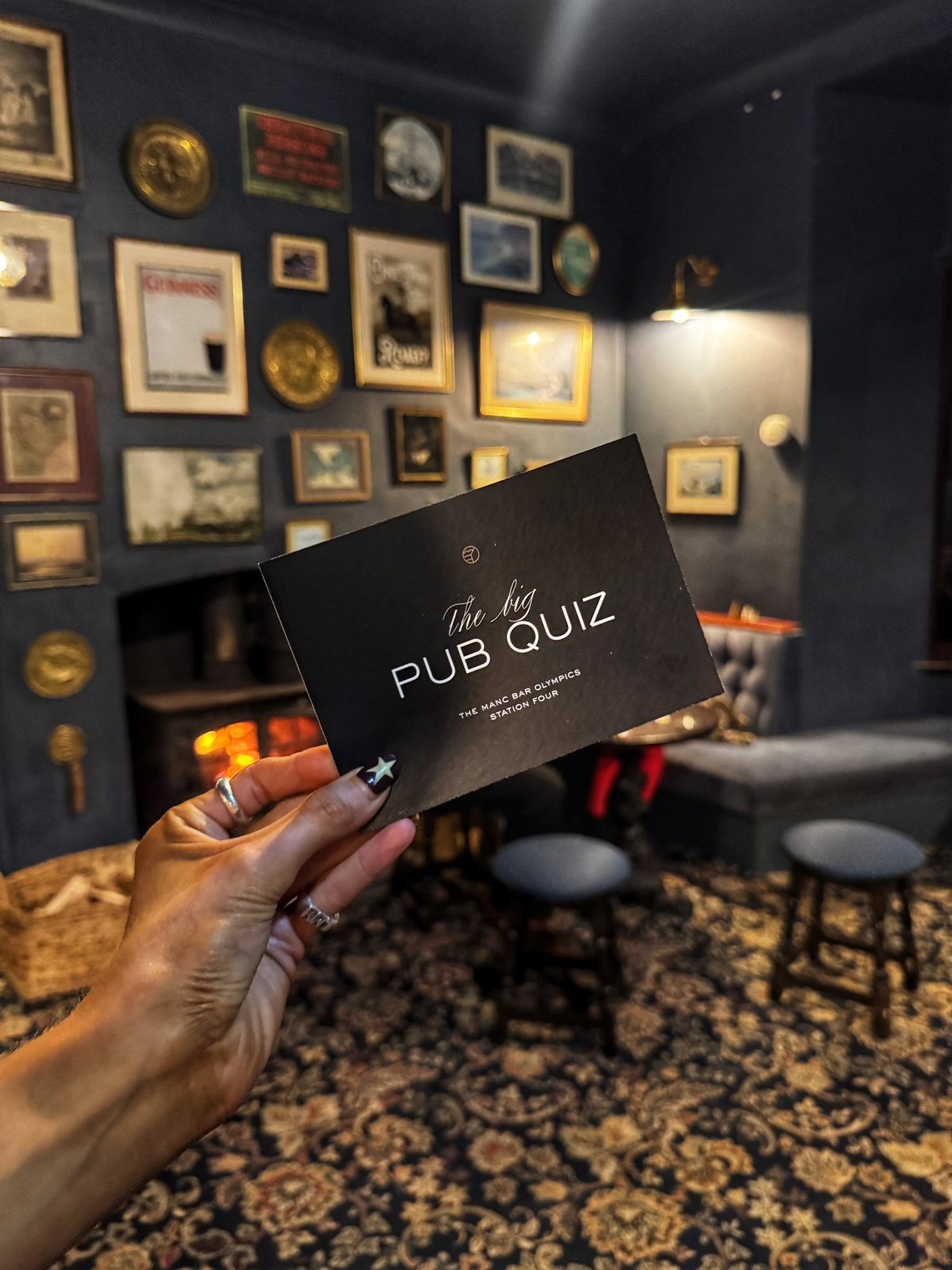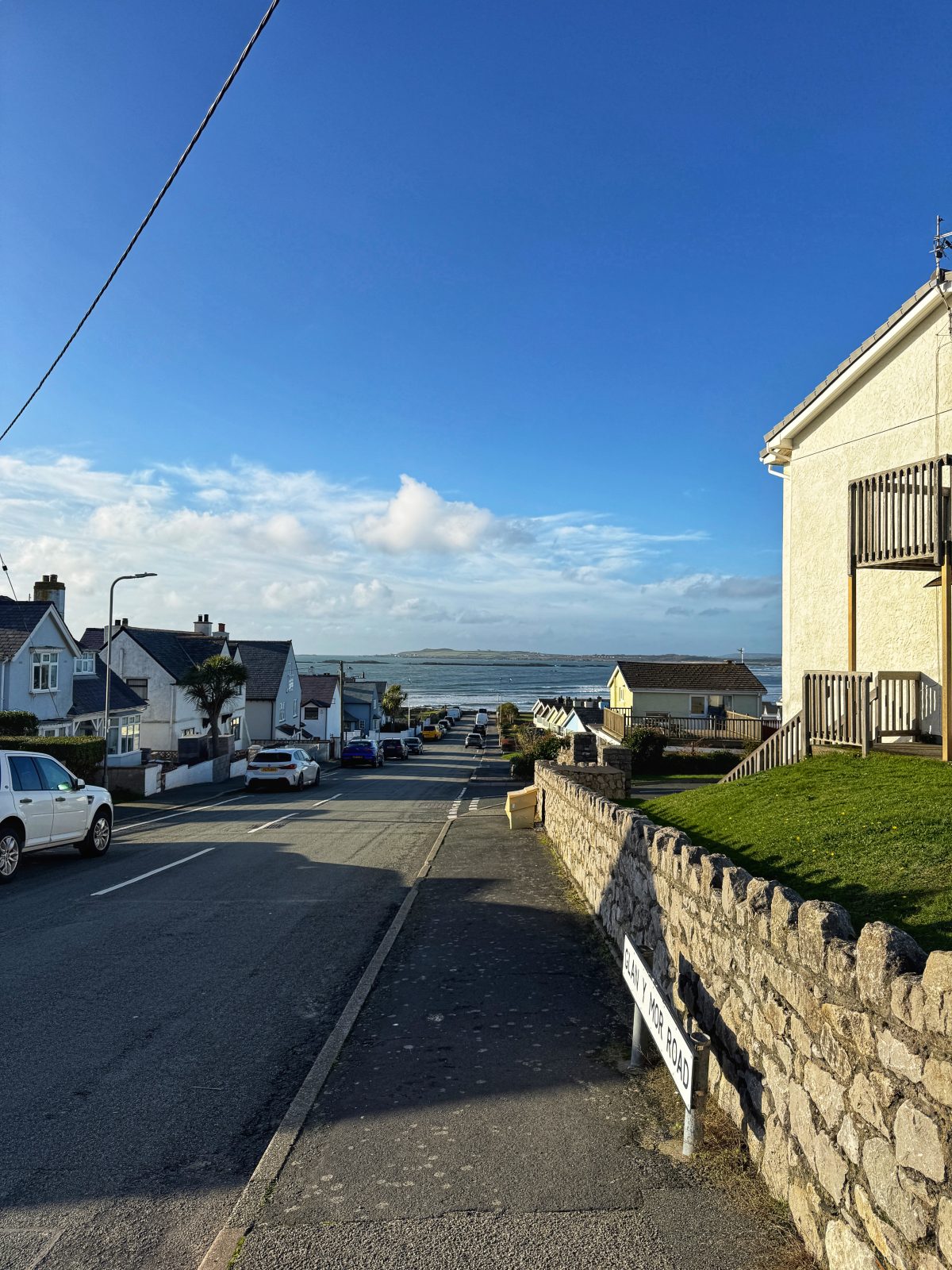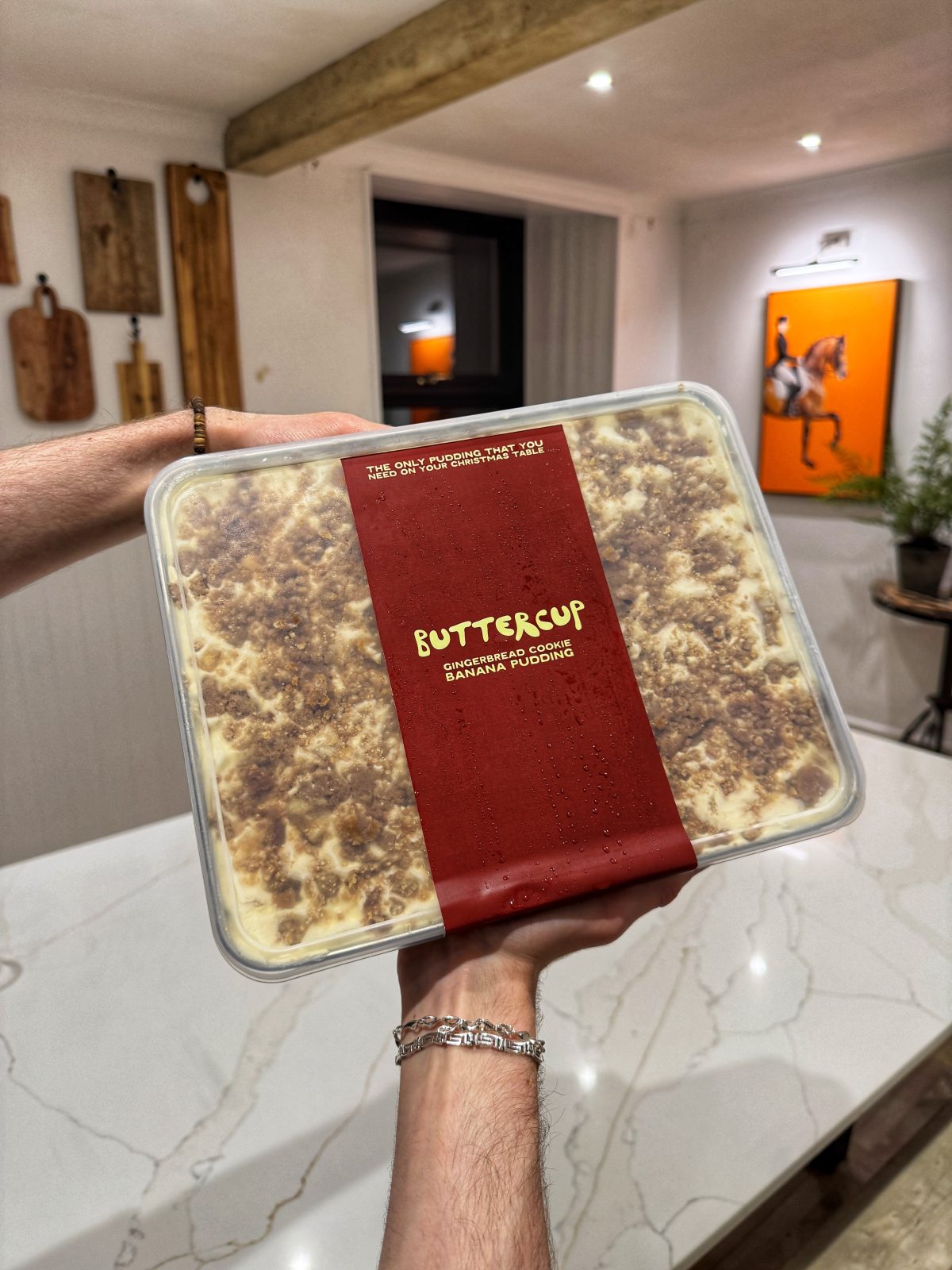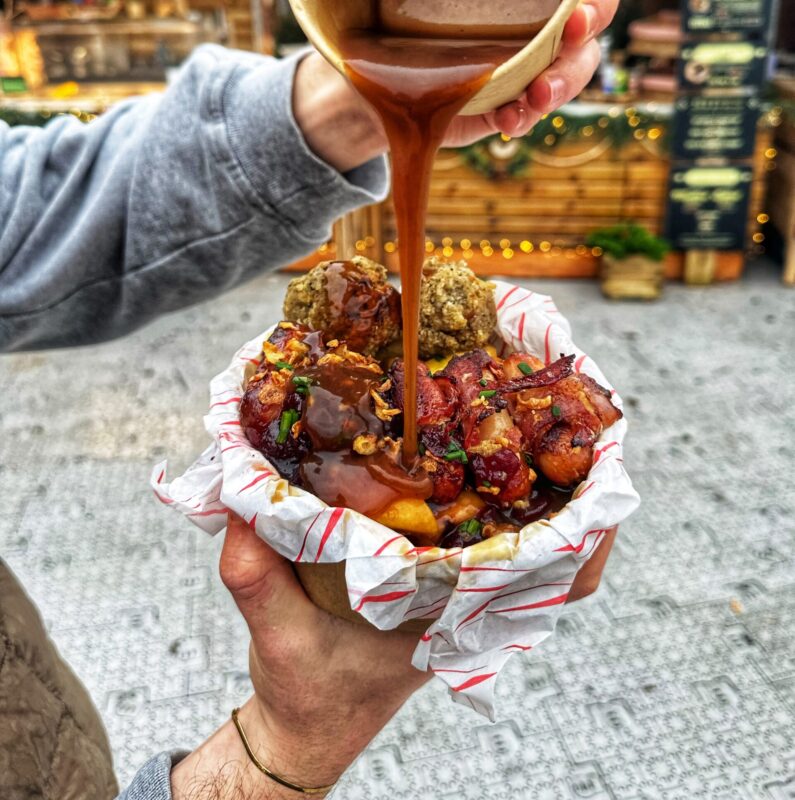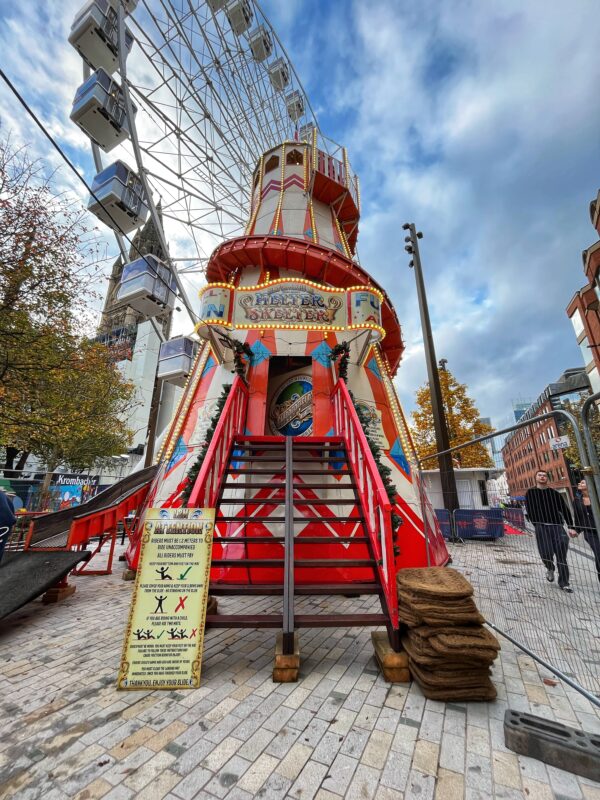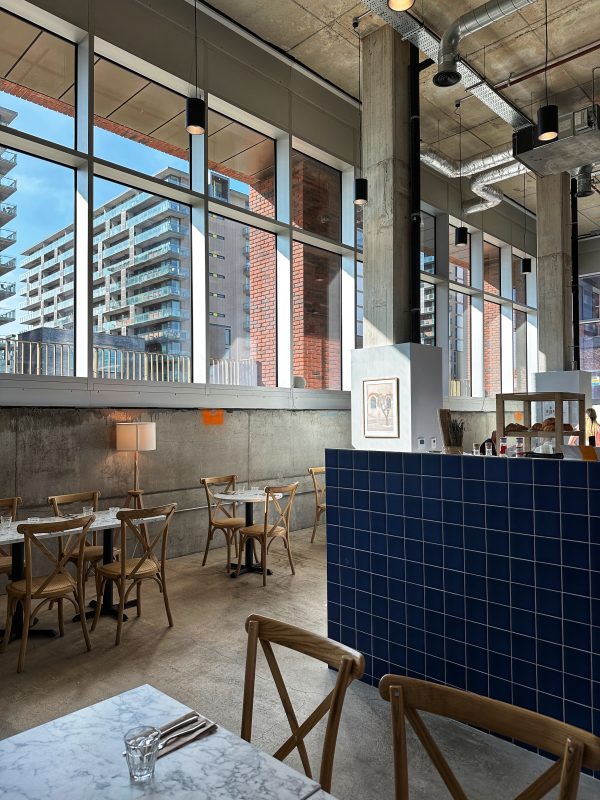Feature
On this day 24 years ago, the IRA detonated a 1,500-kilogram lorry bomb on Corporation Street
24 years ago today, Manchester city centre fell silent after an explosion from the inside of a large lorry parked on Corporaton Street shattered windows and destroyed buildings for miles.
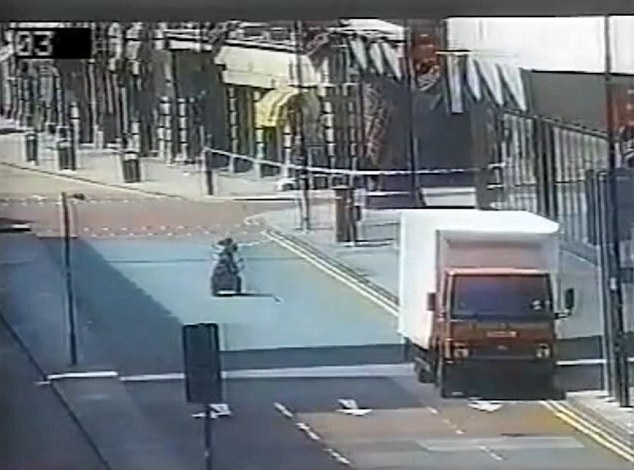
24 years ago today, Manchester city centre fell silent after an explosion from the inside of a large lorry parked on Corporaton Street shattered windows and destroyed buildings for miles.
When the 1500kg IRA bomb went off in 1996, it was the biggest bomb detonated in Great Britain since the Second World War, and caused an estimated £700 million worth of damage to Manchester’s infrastructure and economy.
The Provisional Irish Republican Army had sent telephoned warnings about 90 minutes before the bomb detonated. At least 75,000 people were evacuated from the area, but the bomb squad were unable to defuse the bomb in time.
Thankfully, despite over 200 injuries to people in the vicinity of the explosion, there were no fatalities. Many of the reported injuries came from the shattering of thousands of windows, and other damage to buildings in which unsuspecting people were getting on with their days.
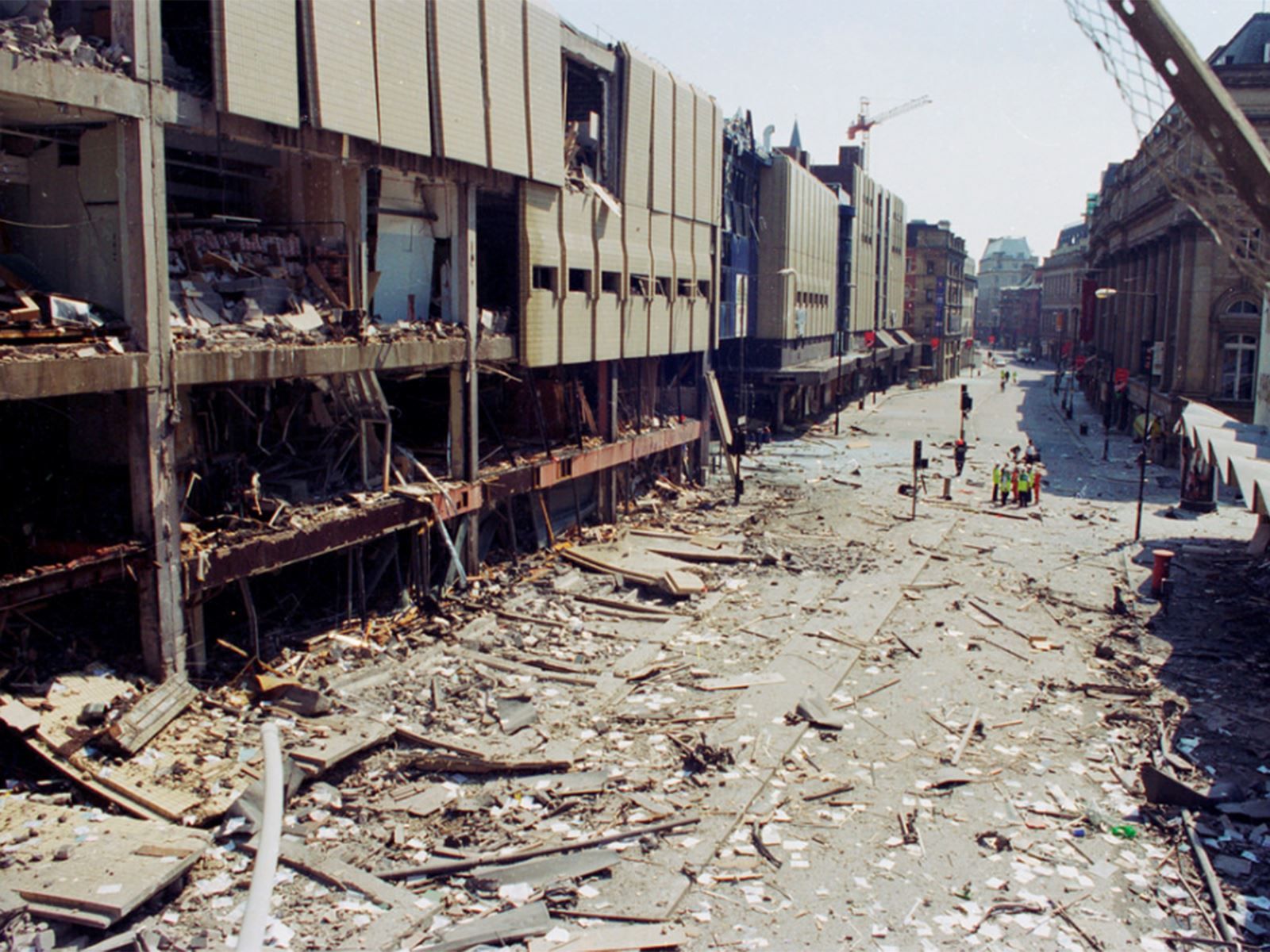
Several buildings near the explosion were damaged beyond repair and had to be demolished, while many more were closed for months for structural repairs. This prompted the biggest regeneration of Manchester city centre ever, and you could argue that regeneration is still happening to this day.
The city lay dormant for days after the explosion, as people came to terms with what had happened, and kept their distance. Many moved out of the centre for a period of time, while many more simply decided not to visit for fears of another incident. It was a desolate place, eerily quiet, and in need of some serious TLC…
Much like how it sits on this very day, in 2020, after a global pandemic deemed it a non-essential place to visit for the majority of Greater Manchester’s residents for the past few months.
Today, on 15 June, 2020, a regeneration of its own has begun in the city centre as businesses get ready to reopen their doors to customers for the first time since the end of March. If you walked through the city this morning, and are old enough to remember how Manchester looked and felt 24 years ago, the parallels will present themselves to you in a very sobering way.

Much like it did back in 1996, the city has a long way to go until it feels normal again, and there will be some major changes to how it both looks and feels – and just like business owners and operators did 24 years ago, shops, bars, restaurants and venues across the most visited metropolis in the North West will have to be rebuilt and reshaped to adapt to a post-emergency era.
According to Home Office statistics, an estimated 400 businesses within half a mile (0.8 km) of the 1996 blast were affected, 40% of which did not recover, and Market Street, near the explosion and at that time the second-busiest shopping street in the UK, was considered by some a “fearful” place, to be “avoided like the plague”.
The prospect of pulling Manchester’s bustling city centre out of its darkest depression was not casually approached by those in charge and was acknowledged as a mammoth task from the get go – and that is just how Manchester’s significant needle-movers feel in 2020.
However, Greater Manchester has never let anything get in its way, and despite how steep the hill is that we’re stood at the base of, we always manage to reach the peak ready to go again.

